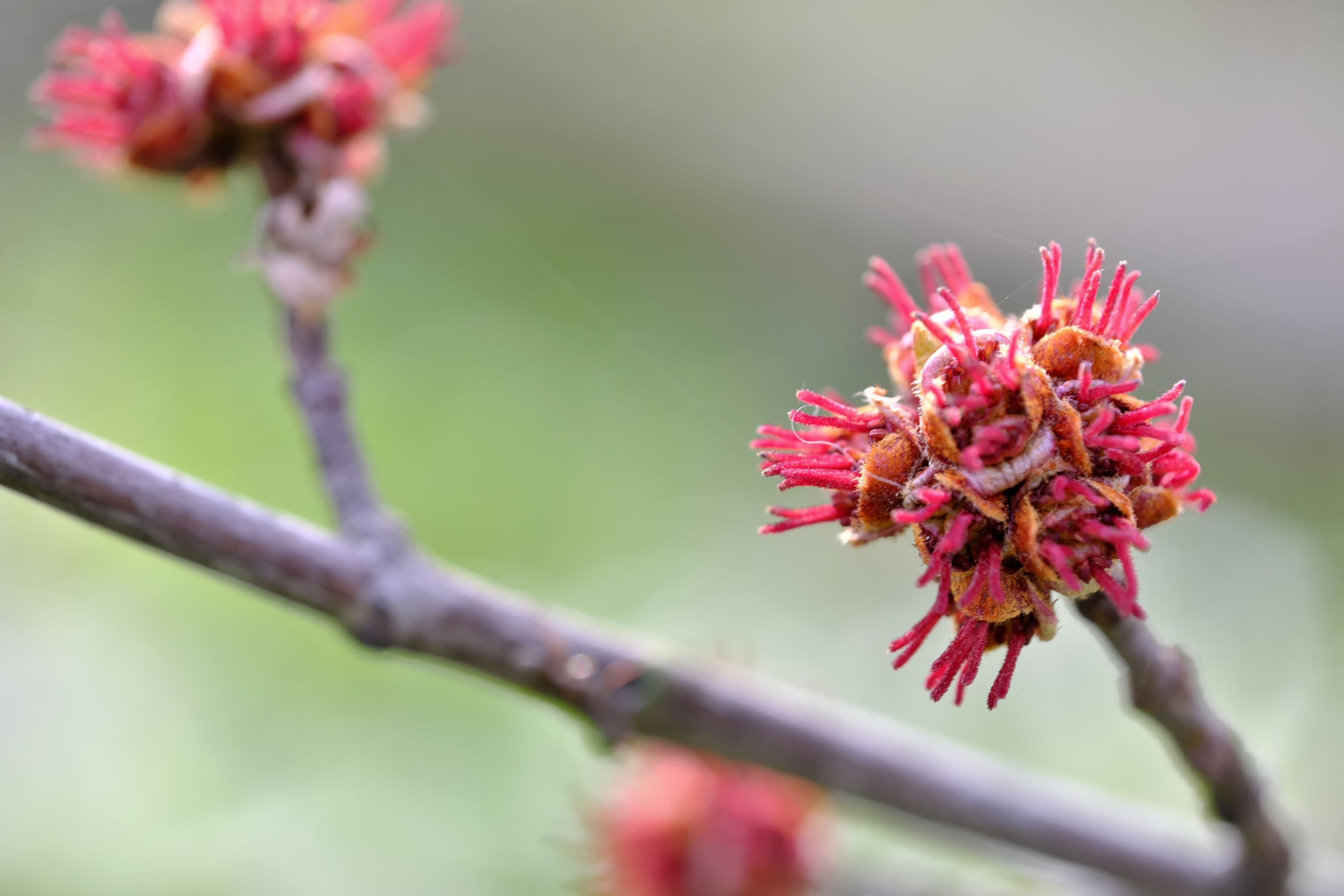An alder bark may become a great source of anti-aging and anti-disease natural antioxidants. That’s the results discovered by the IKBFU’s Institute of Living Systems researchers. For the past 10 years, the workers of the IKBFU’s laboratory of the natural antioxidants have been searching for a new perspective source of antioxidants.
Alder bark an anti-aging and anti-disease natural antioxidant
These substances represent a wide class of various structures of chemical compounds. They are united by the ability to slow down the processes of oxidation and destroy free radicals in the cells of living organisms, the accumulation of which can be associated, inter alia, with the development of various diseases. The results of numerous studies indicate that antioxidants help slow down the aging process, lower cholesterol and reduce the risk of developing cardiovascular diseases, prevent the development of certain forms of cancer, protect eye health and mitigate the effects of environmental pollution affecting the skin, hair and lungs.
“The green chemistry”
Due to the fact that “the green chemistry” has been rapidly developing in recent years, it is extremely important to create an innovative industrial process that would be using not only bioresources but wastes and side-products of the industry,” said Lubov Skrypnik, IKBFU Associate Professor, Candidate of Biological Sciences.
Scientists were focused on studying the potential outcome from the bark of three tree species
During the study, the scientists were focused on studying the potential outcome from the bark of three tree species that could be used as sources of biologically active substances, primarily phenolic, possessing antiradical activity. These trees, namely oak, pine, and alder are widespread in the Kaliningrad region of Russia and Europe.
Alder extracts had a higher level of polyphenols and antiradical activity
As a result of the studies, it was discovered that, despite the fact that the extracts of oak and pine bark have a longer history of use in medicine, it was the alder extracts that had a higher level of polyphenols and antiradical activity. Among polyphenols of alder bark, such compounds as flavonoids, tannins, and proanthocyanidins predominate. These classes of compounds have anticarcinogenic and cardioprotective effects, reduce the risk of diabetes and inhibit the development of metabolic syndrome. In addition, the high efficiency of the antioxidant and antiradical activity of alder bark extracts is associated with the presence of oregonin, a diarylheptanoid glycoside, characteristic of Alnus tree species. It was previously found that substances of this group also exhibit anti-inflammatory, antibacterial and antimycotic activity, and can be used, for example, for the treatment of candidiasis.
Results provide insight into the range of usage of alder bark as a source of valuable bioactive materials
The results provide insight into the range of usage of alder bark as a source of valuable bioactive materials that might be used in chemical, food and pharmaceutical industry.
The study results were published in the scientific magazine “European Journal of Wood and Wood Products” in the article “Comparative study on radical scavenging activity and phenolic compounds content in water bark extracts of alder (Alnus glutinosa (L.) Gaertn.), oak (Quercus robur L.) and pine (Pinus sylvestris L.)”
According to Lubov Skrypnik this research is also remarkable because of the fact that it originates from a study made by first-year students. The students are: Dmitriy Mikhailov, Nikita Grigoryev , Maria Antipina and today they are third-year students. There were also researchers from the Institute of Living Systems of IKBFU working on the project: Artyom Pungin and Maria Danilova.
Main goal of the projects
“The main goal of the projects like this is to get students involved in the research activity of the University’s laboratories and the fact that this article was published shows that this initiative is successful.” Lubov Skrypnik noted.
“As a part of our summer research project we’ve managed to work in the antioxidants research laboratory. That was our first soul experience of working on a science project. During this research we were selecting bark samples from various trees in the area around Vishtinetskoye Lake and town of Svetlogorsk, we have also conducted a series of tests and used methods of statistics to evaluate the results. We are glad to know that the results of our summer research project has eventually turned into a real scientific work and we hope that this work will make possible to improve the level of wood recycling allowing the industry to extract valuable phytocomponents of antioxidant nature from the wastes. ” a student of the Institute of Living Systems, Dmitriy Mikhailov said.
Source:
1. Skrypnik, L, et al. (2019) Comparative study on radical scavenging activity and phenolic compounds content in water bark extracts of alder (Alnus glutinosa (L.) Gaertn.), oak (Quercus robur L.) and pine (Pinus sylvestris L.). European Journal of Wood and Wood Products. doi.org/10.1007/s00107-019-01446-3
 Razi Berry is the founder and publisher of the journal Naturopathic Doctor News & Review, which has been in print since 2005, and the premier consumer-faced website of naturopathic medicine, NaturalPath. She is the host of The Natural Cancer Prevention Summit and The Heart Revolution-Heal, Empower and Follow Your Heart, and the popular 10 week Sugar Free Summer program. From a near death experience as a young girl that healed her failing heart, to later overcoming infertility and Chronic Fatigue Syndrome and Fibromyalgia through naturopathic medicine, Razi has lived the mind/body healing paradigm. Her projects uniquely capture the tradition and philosophy of naturopathy: The healing power of nature, the vital life force in every living thing and the undeniable role that science and mind/body medicine have in creating health and overcoming dis-ease. Follow Razi on social media: Find her on Facebook at Razi Berry, on Instagram at Razi.Berry, join her Love is Medicine group to explore the convergence of love and health, and find more Love is Medicine podcast episodes here.
Razi Berry is the founder and publisher of the journal Naturopathic Doctor News & Review, which has been in print since 2005, and the premier consumer-faced website of naturopathic medicine, NaturalPath. She is the host of The Natural Cancer Prevention Summit and The Heart Revolution-Heal, Empower and Follow Your Heart, and the popular 10 week Sugar Free Summer program. From a near death experience as a young girl that healed her failing heart, to later overcoming infertility and Chronic Fatigue Syndrome and Fibromyalgia through naturopathic medicine, Razi has lived the mind/body healing paradigm. Her projects uniquely capture the tradition and philosophy of naturopathy: The healing power of nature, the vital life force in every living thing and the undeniable role that science and mind/body medicine have in creating health and overcoming dis-ease. Follow Razi on social media: Find her on Facebook at Razi Berry, on Instagram at Razi.Berry, join her Love is Medicine group to explore the convergence of love and health, and find more Love is Medicine podcast episodes here.




